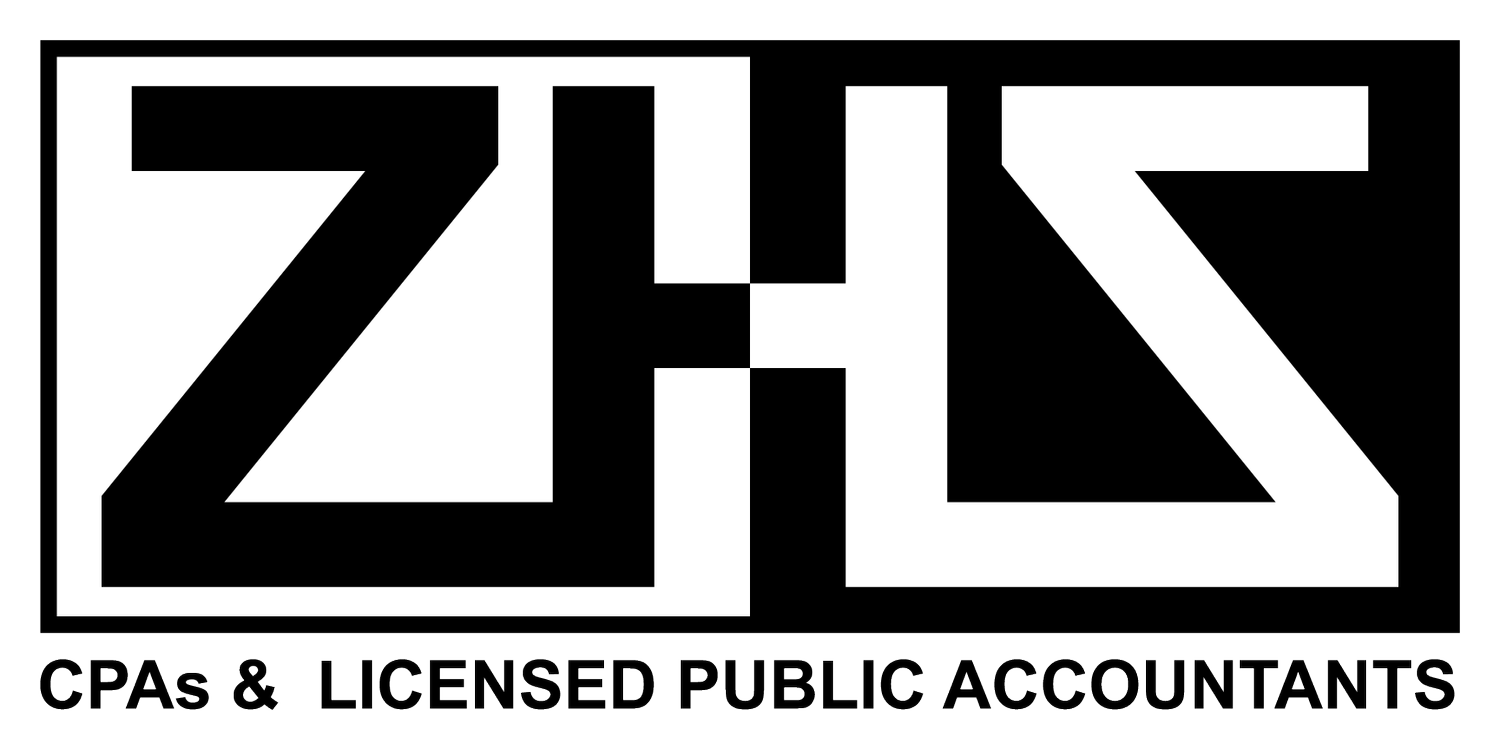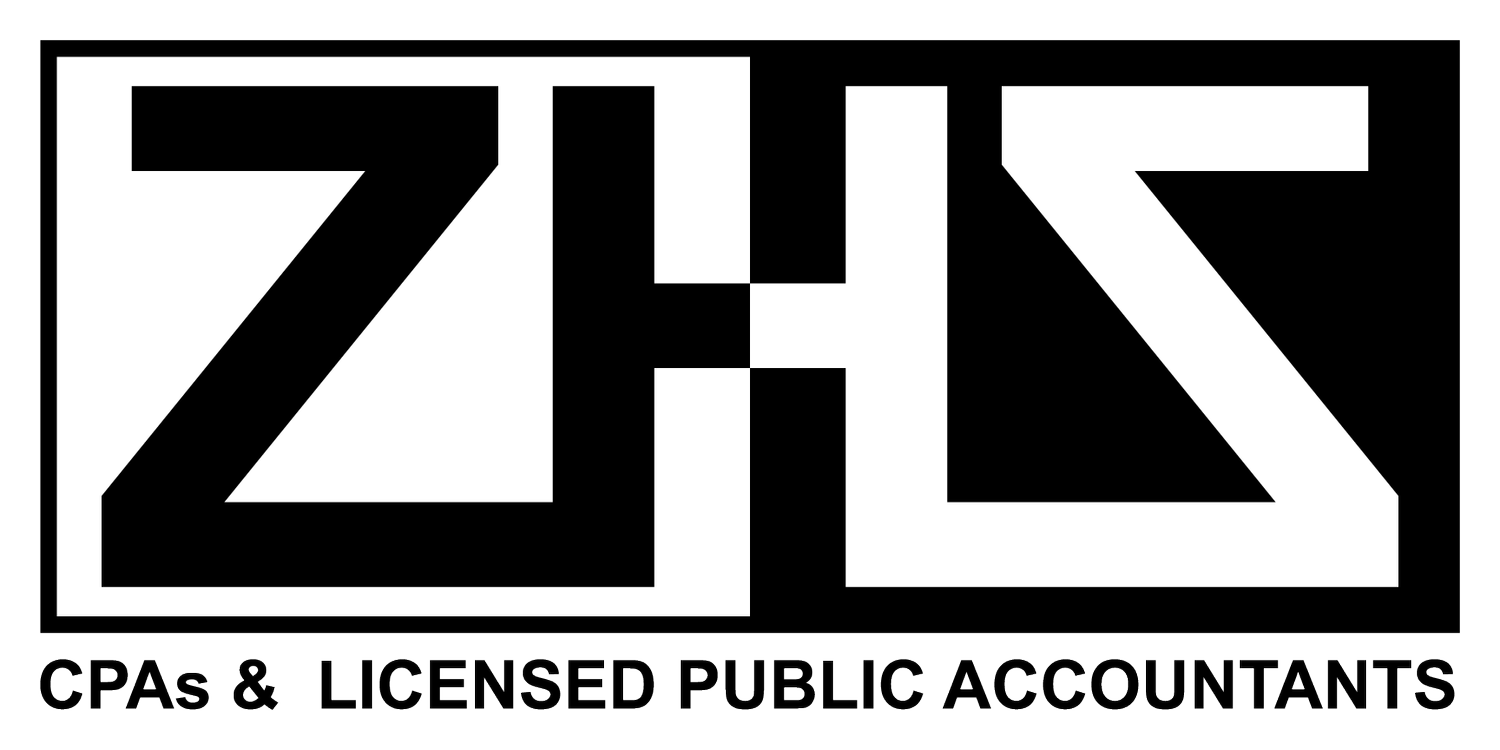How to check if you have unclaimed cheques from the CRA
The Canada Revenue Agency (CRA) has accumulated more than $1 billion over the past 20 years in uncashed cheques issued to taxpayers. Find out how to access your account and never miss a payment again.
An overwhelming majority of Canadians now file their taxes electronically. Last year, in fact, 90 per cent chose that method.
Even so, some taxpayers haven’t yet registered for direct deposit (or did so only recently), so the government may still be sending them cheques instead.
Unfortunately, many of those cheques don’t ever get cashed: a good number end up lost, stolen or destroyed, or are sent to an address that is no longer valid.
The issue at hand
Every day, nearly 1,700 cheques issued by the federal government (amounting to around $500,000) join the pile of payments that have never been claimed. In all, nearly $1.1 billion in government-issued cheques are waiting to be cashed.
CRA launched its uncashed cheque tracking tool in February 2020 to “help taxpayers get their money back,” explains Sylvie Branch, media relations officer with the CRA. But despite its efforts, only around 692,000 cheques (totalling $183 million) were claimed between February 10, 2020 and December 31, 2020.
“The number of [uncashed] cheques continues to grow,” says Branch. “A substantial proportion of these are income-tested payments (including family and child benefits) to individuals with household incomes below specified thresholds. And goods and services tax/harmonized sales tax (GST/HST) credit payments account for almost half of all uncashed cheques on the list.”
As for the amounts involved, Branch says consolidated data indicate that the average value of an uncashed cheque is around $150. “And some cheques date back to 1998,” she adds.
How to check your online CRA account
Here’s how to determine whether any of the 7.7 million cheques issued are in your name:
Go to the CRA website and choose “My Account” (see details on creating an online account below). Log in and select “Uncashed cheques” from the bottom of the list under “Related services.” This page will display the relevant amounts.
To claim an uncashed cheque, request a duplicate payment by selecting and completing the displayed form. If you’re registered for direct deposit, the CRA will deposit the payment into your account. If not, it will issue a new cheque and mail it to the address on file, but only if you (or your authorized legal representative) request it.
The CRA will never reissue and send you a cheque on its own initiative because “government cheques have no legislated expiry date,” explains Branch. “They are considered uncashed if they are not deposited within six months of their original issue date.”
It’s worth noting that if you owe money to the CRA, the total owed will be reduced by that amount.
How to register for an online CRA account
The easiest way to make sure you never miss a payment again is to register for “My Account” and sign up for direct deposit. (As Branch points out, registration for direct deposit registration can now be done on the CRA website using your banking credentials.)
Step 1: Create your login credentials
To register, you will have to choose a user ID and a password on the CRA website. To obtain them, you will need to enter your social insurance number, date of birth, current postal code and an amount you entered on one of your income tax and benefit returns (for the current tax year or the previous one).
After you complete this step of the registration process, you will have access to limited information on “My Account” (i.e., eight out of 45 services available).
Step 2: Register with CRA security code
Within 10 business days, you will receive a security code that will give you access to the full range of services offered on “My Account.” You will then be able to access several detailed documents (income tax return summaries, notices of assessment or reassessment, and information related to RRSPs, TFSAs, and Home Buyers’ Plans, etc.) and register for direct deposit.
You can also install the MyCRA mobile app to log in to “My Account” (or the MyBenefits CRA mobile app to view details on your benefit payments and credits).
Access to “My Account” also allows you to use “Autofill my return” when you efile your return using certified software. Routine processing of electronically generated T1s takes two weeks, 95 per cent of the time. Allow 10 to 12 weeks for the processing of paper-filed returns.
This story first appeared on CPA Canada’s online news site.

